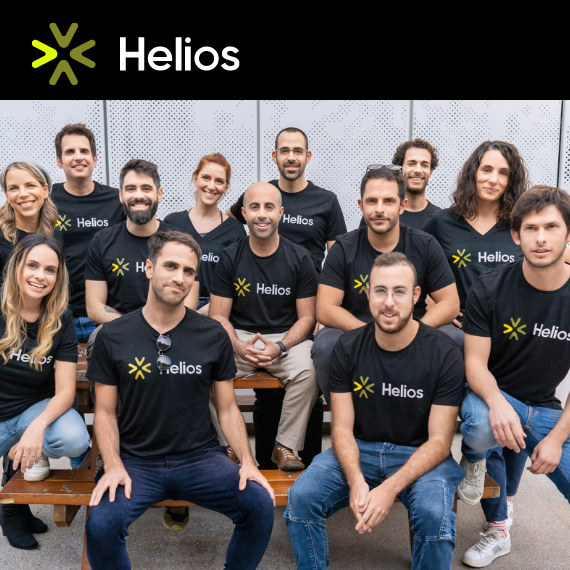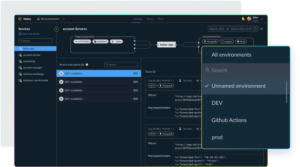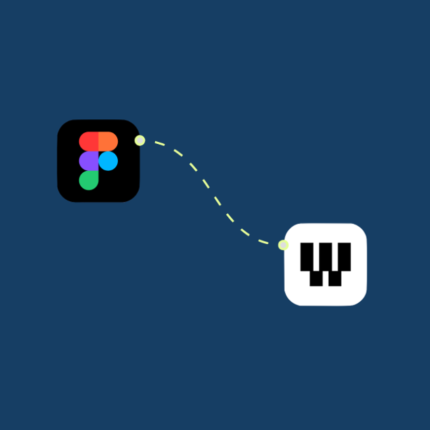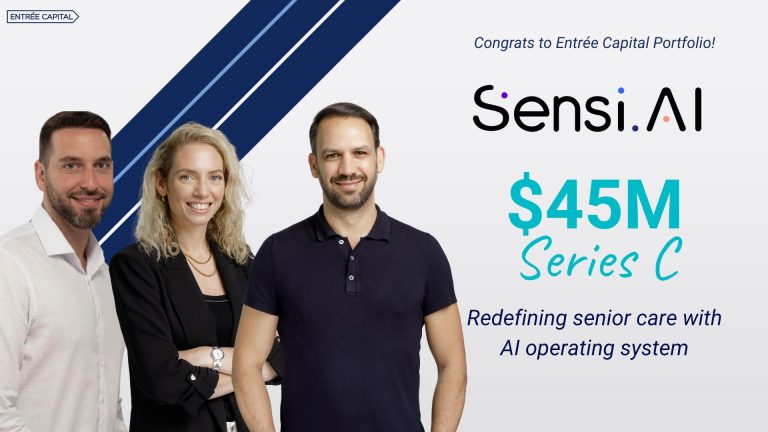
Why We Invested in Helios
Here at Entrée Capital, we look for companies and founders that are driven by curiosity and conviction and that align with our 4 T’s model:
Timing x (Technology + TAM)^Team
We look deeply into the timing of the raise, the TAM (total accessible market), the tech, and most importantly, the team of founding members. When it came to Helios, they simply hit all of our priorities for investment:
What an incredible TEAM

When we met Eli Cohen and Ran Nozik, the founders of Helios, the first thing that stood out was how well they aligned with what we look for when it comes to a founding team, both when it came to their hard skills as well as their relationship with one another. The two founders have known each other for 18 years, studied together, and have deep and broad experience in management, product, and R&D. Eli was the director of engineering at Capitolis, a Sequoia-backed unicorn, and (Ran) Nozik who previously led the R&D team at Skycure (acquired by Symantec) is a mathematician at heart. And it’s not just them; they’ve built a fantastic team that is able to solve really hard problems at a pace few others could.
The TIME to solve the pain is now
Not only is the Helios founding team industry experts with proven track records, but they have both experienced the problem that they’re solving firsthand and worked to solve a pain that they knew very well.
Cloud-native services are at the core of today’s application development where there is growing adoption of microservices, containers, and serverless technologies. While this transition from on-prem monolith apps to distributed architecture, APIs, and microservices in the cloud brings many advantages, the development process has become much more complex. New developer toolsets are now necessary to keep pace with the new way of developing.
They have the right TECH for the right solution:

And that’s where Helios comes in: they’re bridging the gap between code and production by helping developers understand exactly how their code interacts with the rest of the applications.
The developer-first product uses instrumentation and tracing techniques, leveraging ML algorithms to analyze and model the flows and interactions between components. The platform provides developers with an accelerated way to replay exactly how their code interacts with the large applications to more easily find and reproduce issues as well as generate and run system tests based on real-life traffic.
In short, it’s one platform that combines and amplifies all the needs of cloud-native developers and makes it easier to understand, troubleshoot, and test distributed systems during development. It helps drive dev velocity and productivity when building cloud-native applications and accelerates R&D work, streamlining activities from design and collaboration to troubleshooting and testing, across all environments.
The need and TAM is massive:
As mentioned earlier, there is a seismic shift to the cloud in software development. According to reports, 60% of companies will leverage containers and 25% will leverage serverless, leading to a market size that is projected to grow from $3B in 2020 to $9B by 2027. This shift creates an opportunity for new development tools, especially ones like Helios.
As companies and apps grow and become more complex, codebases and developer teams expand and these challenges become even more acute. Helios’ focus on both developer velocity and productivity is exactly what the market needs right now, and we have little doubt that soon, every software development company in the world will use such a tool.
We’re very proud to have co-led Helios’ $5 million seed round, to already see dozens of early customers and users, and to know that Helios makes developers happier while helping them build better together.
Check out Helios in a pre-populated sandbox environment HERE.
Related Resources

Sensi.ai’s $100M Journey: Vertical AI Shaping the Future of Care Intelligence

Figma Acquires Weavy — A Defining Moment for Creative AI and Israeli Innovation


